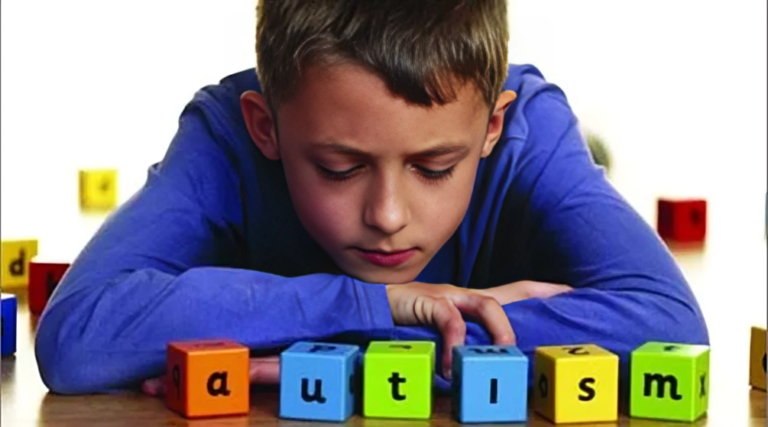Nurturing Potential Exploring the Landscape of Autism Therapy.
Autism spectrum disorder (ASD) is a neurodevelopmental condition that affects individuals in various ways, impacting social interactions, communication, and behavior. In recent years, there has been a growing emphasis on the importance of early intervention and effective therapies to support individuals with autism in reaching their full potential. This article delves into the world of autism therapy, exploring different approaches, advancements in treatment, and the significant impact these interventions can have on the lives of those with autism and their families.
To know more about it please click here
Understanding Autism Spectrum Disorder
Autism is a spectrum disorder, meaning it manifests differently in each individual. Common characteristics include challenges in social communication, repetitive behaviors, and restricted interests. Early diagnosis and intervention play a crucial role in helping individuals with autism develop essential skills and lead fulfilling lives.
Key Approaches in Autism Therapy
- Applied Behavior Analysis (ABA):
- ABA is a widely used and evidence-based therapy that focuses on reinforcing positive behaviors while reducing challenging ones. It involves systematic observation, measurement, and analysis of behavior to create individualized intervention plans.
- Speech and Language Therapy:
- Many individuals with autism experience challenges in communication. Speech and language therapy aims to improve verbal and nonverbal communication skills, enhance social interactions, and address difficulties in understanding and expressing language.
- Occupational Therapy:
- Occupational therapy focuses on developing daily living skills, fine and gross motor skills, and sensory processing. It helps individuals with autism navigate daily activities and promotes independence.
- Social Skills Training:
- Social skills training targets specific social challenges individuals with autism may face. It includes teaching and practicing appropriate social behaviors, recognizing social cues, and fostering positive interactions with peers and adults.
- Play Therapy:
- Play therapy provides a structured environment for children with autism to engage in imaginative and social play. Therapists use play activities to promote communication, creativity, and social skills.
- Visual and Augmentative Communication Systems:
- Visual supports, including visual schedules, social stories, and communication boards, are often employed to enhance communication and understanding for individuals with autism, especially those who may benefit from visual aids.
To know more about it please click here
Advancements in Autism Therapy
- Technology-Based Interventions:
- The integration of technology, including apps and virtual reality, has opened up new possibilities for personalized and engaging autism therapy. These tools can enhance communication skills, social interactions, and educational opportunities.
- Early Intervention Programs:
- Early intervention remains a key focus in autism therapy, with programs designed to identify and address developmental challenges as early as possible. Research indicates that early intervention can significantly improve outcomes for individuals with autism.
- Parent-Implemented Interventions:
- Recognizing the crucial role parents play in a child’s development, interventions that empower parents to implement therapeutic strategies at home have gained prominence. Parent training programs provide support and guidance to families.
- Individualized and Holistic Approaches:
- The shift toward individualized and holistic approaches recognizes the unique strengths and challenges of each individual with autism. Therapists work closely with families to create tailored interventions that address specific needs.
Challenges and Future Directions
- Access to Services:
- Despite the advancements in autism therapy, access to specialized services can still be a challenge for some individuals and families. Efforts are ongoing to increase awareness, reduce disparities, and improve access to quality interventions.
- Research and Evidence-Based Practices:
- Continued research is essential to refine existing therapies and explore new interventions. Identifying evidence-based practices ensures that individuals with autism receive the most effective and beneficial interventions.
Conclusion
Autism therapy has evolved significantly, offering hope and support to individuals with autism and their families. By embracing a diverse range of therapeutic approaches and incorporating advancements in technology and early intervention, the field continues to make strides in enhancing the lives of those affected by autism. As awareness grows and research expands, the future of autism therapy holds the promise of even more personalized, effective, and accessible interventions, nurturing the potential of every individual on the autism spectrum.








